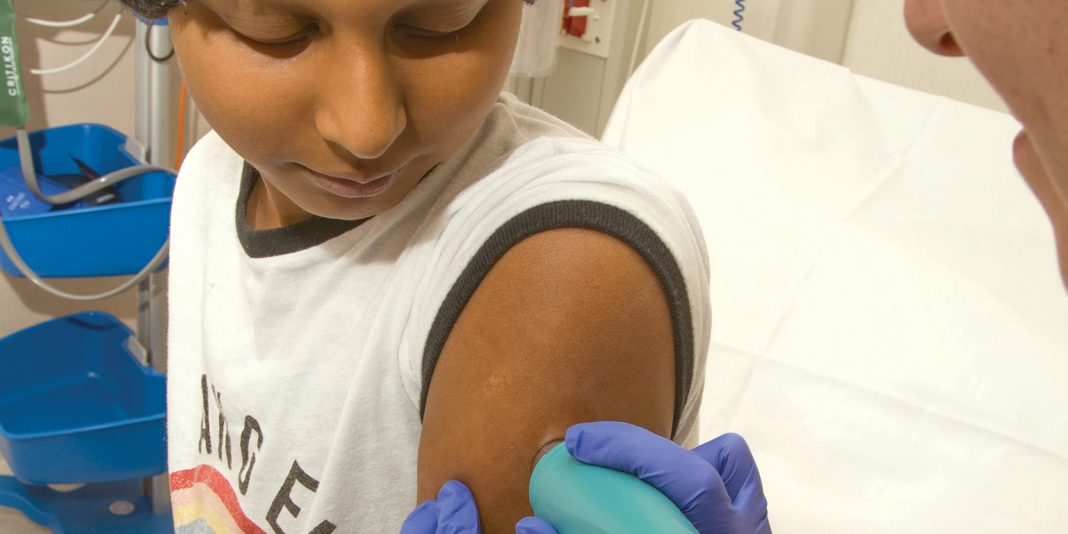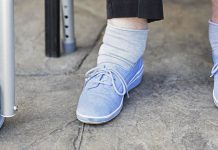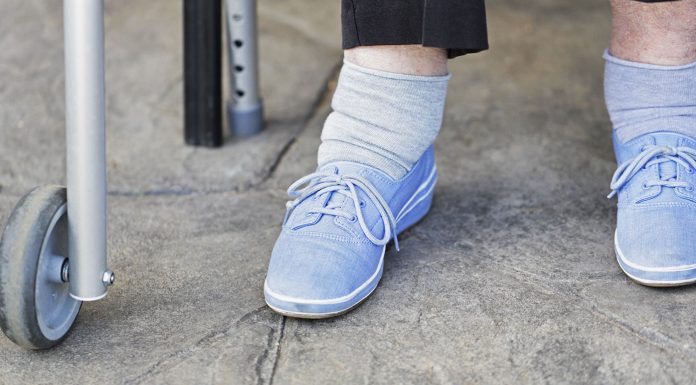Children going through cancer treatment can start to feel like human pincushions.
Injections, intravenous (IV) lines, blood tests and implanted ports can lead, not surprisingly, to children being anxious and fearful about needles. Child health nurses muster all their skills to reduce the risk of distress – using the right words, play and distraction techniques, the support of the children’s caregivers and appropriate pain relief.
The ‘go-to-treatment’ for topical pain relief, says Rachel Wilson, a clinical nurse specialist at Christchurch Hospital’s Children’s Haematology and Oncology Centre (CHOC), has been topical anaesthetic creams, but they come with their own side effects and complications. And, as she told the recent Clinical Nurse Specialist Society conference, for some children the most distressing part of a procedure can be removing the dressing holding the anaesthetic cream in place. Or if a child is needing urgent intravenous fluids or medication, there may not be enough time for the anaesthetic cream to do its job, resulting in a painful experience for the child.
The research literature shows that children who are exposed to poorly managed and painful healthcare procedures are more likely to demonstrate increased pain perception, pain behaviours and medical fear later in life, says Wilson. That is why her eye was drawn to an item in the Children’s Healthcare Australasia (CHA) newsletter about a simple pain-numbing device being used at the Royal Children’s Hospital in Melbourne for more than 5,000 intravenous (IV) cannulations, with overwhelmingly positive feedback from patients.
Called CoolSense, the small handheld device was first developed for dulling the pain of Botox injections and the like in the cosmetic sector. The device has a temperature-controlled head that cools and numbs the injection site. “It takes only 10 seconds to work before the injection can be given,” says Wilson. “It is simple, it is allergy-free and it is immediate – a no-brainer.”
And, unlike using an ice pack on a wriggling child, the device’s small round head enabled a precise and controlled numbing of the injection site area. Wilson says that, also surprisingly, despite the sudden chill, using the device didn’t cause vasoconstriction of a child’s vein so veins still ‘popped up’ and were accessible.
So with the support of CHOC charge nurse manager Chrissy Bond, it was decided to trial CoolSense on CHOC patients in May 2016, using the numbing applicator not only for IV cannulation but also venepuncture, accessing ports and giving subcutaneous and intramuscular injections. The CHOC nurses were trained in using CoolSense and, depending on the age of the child, prepared the children for the sudden cold of the device by talking about it being like a frosty Canterbury morning or giving younger children a lick of an iceblock.
“Very quickly the CoolSense became known as the magic wand,” says Wilson. “One of our patients – she loved it – said the only thing that was wrong with it [the ‘magic wand’] was that it wasn’t pink and it didn’t have ‘bling’.”
The trial was not without its hiccups: a week in there were reports of skin tissue injuries so the team stopped using the devices to investigate. They discovered there was an undetected fault with one device, which meant the cold metal applicator head (or pin) had shifted
and was no longer touching the alcohol gel pad.
“It is the alcohol that protects the skin from the very cold [applicator] head that you are pushing against the skin [for 10 seconds],” says Wilson. “So we were, in fact, causing [ice] burns to these children.” This led to refining the procedures and updating the education package to ensure that nurses checked there was no gap between the metal head and the gel pad, recorded which device they used, used a watch to time the 10-second application, and the devices were not stored in a freezer colder than -10oC.
The team then reintroduced CoolSense and, the second time around, the ‘magic wand’ was rated a winner in a survey of CHOC parents (31 respondents or 80 per cent of CHOC children in trial). More than 83 per cent of respondents believed that CoolSense was more effective than the creams; more than 90 per cent agreed that using the numbing devices saved time; about 85 per cent believed it worked well in numbing their child’s skin before needle insertion; and 87 per cent would recommend the device to other parents.
Less pain and fewer dollars
Wilson says another plus for the numbing applicator was the potential for cost savings.
“Even though as nurses we like to pretend we don’t want to know about it [money], it is actually very important as we all work with a budget that is limited.”
She says the topical anaesthetic creams they traditionally used took an hour for optimal effect and cost between $6.75 and $9 per 5g tube, leading to an annual bill for Canterbury DHB’s child health services in excess of $60,000.
In comparison, a CoolSense applicator costs about $160 and each device comes with an alcohol cartridge lasting 350 applications. Wilson says the cost of the device and replacement cartridges average out at 22 cents per use – so potentially there could be a saving of $8,780 per 1,000 uses.
CoolSense training is now a routine part of orientation for new nursing and medical staff in child health, says Wilson. The numbing device was also being used beyond child health services in other hospital areas where children are treated, including intensive care, radiology, emergency and operating theatres.
The innovation was the runner-up in the improved quality and safety experience category of Canterbury DHB’s Innovation Awards last year and Wilson and the Child Health team have also presented their findings across the Tasman, as well as at the recent Australasian Nurse Educators Conference.
“We are providing the evidence and getting it out there for people to show how this very little piece of technology can change outcomes for children,” says Wilson. She says pushing for innovations and implementing something new did take some courage and tenacity.
“You have to have passion for it – people ask me do I actually have shares in CoolSense because I keep going on and on … and I still am,” laughs Wilson. “But it just goes to show that small innovations can grow into evidence-based best practice, delivering improved health experience outcomes for our patients.”
And maybe fewer children will now have memories of their time in hospital as human pincushions.
RESEARCH STUDY
The initial research into using CoolSense at Melbourne’s Royal Children’s Hospital was recently published in the journal Anaesthesia and Intensive Care by paediatric anaesthetist Philip Ragg.
The prospective observational audit of 100 children and adolescents (aged 6-18 years) looked at the patient and carer satisfaction rates with using the device and how effective it was in reducing the pain of intravenous cannulation.
The study found that 94 per cent of patients rated the pain during cannulation as less than or equal to three on a numerical pain rating scale of zero to 10.
Patient and carer satisfaction with the device and cannulation success rates were also high; 66 per cent of patients and 82 per cent of carers ‘really liked’ the device and 28 per cent of patients and 12 per cent of carers ‘liked’ it. Ninety-five percent of patients were cannulated on the first attempt.
The article concluded that the device appeared to be a useful tool that provided effective analgesia for intravenous cannulation in children with minimal complications.
Source: Ragg P et al. (2017) A clinical audit to assess the efficacy of the Coolsense® Pain Numbing Applicator for intravenous cannulation in children. Anaesthesia and Intensive Care 45(2)






















I became aware of the coolsence device while working in child health in ChCh and have obtained a device to use with children in primary healthcare. After undergoing training by the manufacturer I use it at the medical centre and have found it very beneficial for venipuncture and vaccinations with children aged 4 years to anxious adults. Feedback from patients is positive and I find it very easy to use.
Thanks for sharing your experience. It does sound like it can reduce pain and anxiety which can only be a good thing.